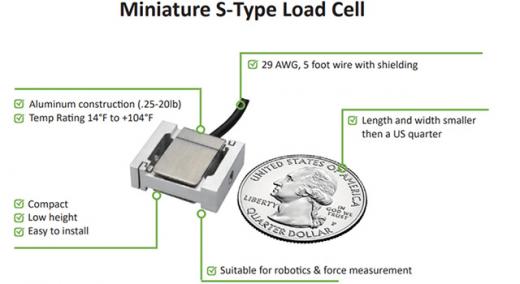Small-force measurement is crucial for many applications, such as testing materials, monitoring biomedical devices, and studying the behavior of cells and molecules. In this article, we’ll explore the challenges of measuring small forces and the solutions that are available to address them.
|
ADVERTISEMENT |
There are several challenges to measuring small forces:
1. Sensitivity: Measuring small forces requires high-sensitivity instruments that are capable of detecting very small changes in force. However, these instruments can also be affected by environmental factors, such as temperature and vibrations, which can result in measurement errors.
2. Dynamic range: The dynamic range of a measuring instrument refers to the range of forces that can be measured accurately.
3. Signal-to-noise ratio: The signal-to-noise ratio refers to the ratio of the desired signal to the unwanted noise that is present in the measurement. Measuring small forces often requires a high signal-to-noise ratio, but this can be difficult to achieve with traditional instruments.
4. Controlling the forces: Having a control system to control the force, so as not to overload the force-measuring device.
…

Add new comment